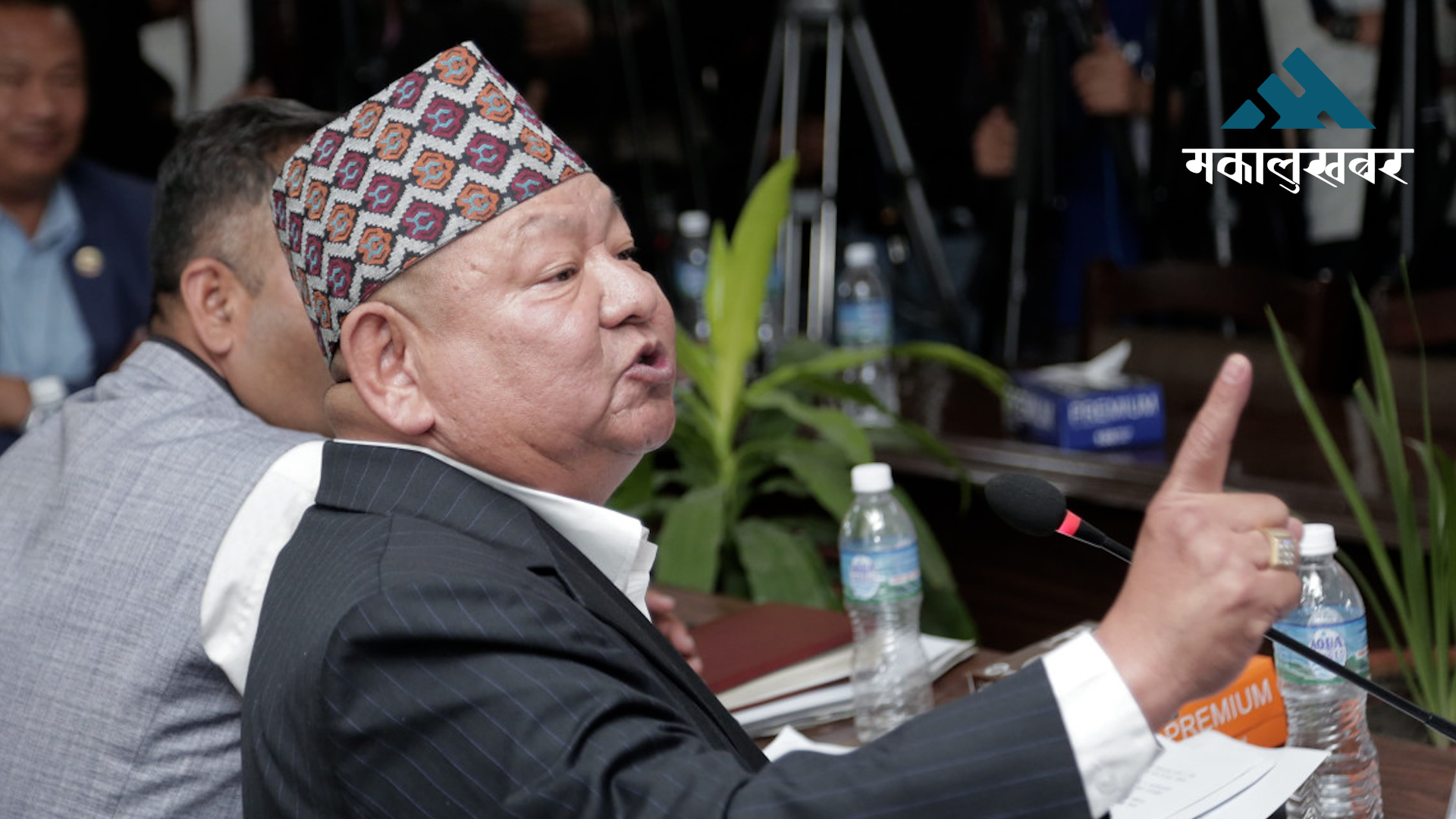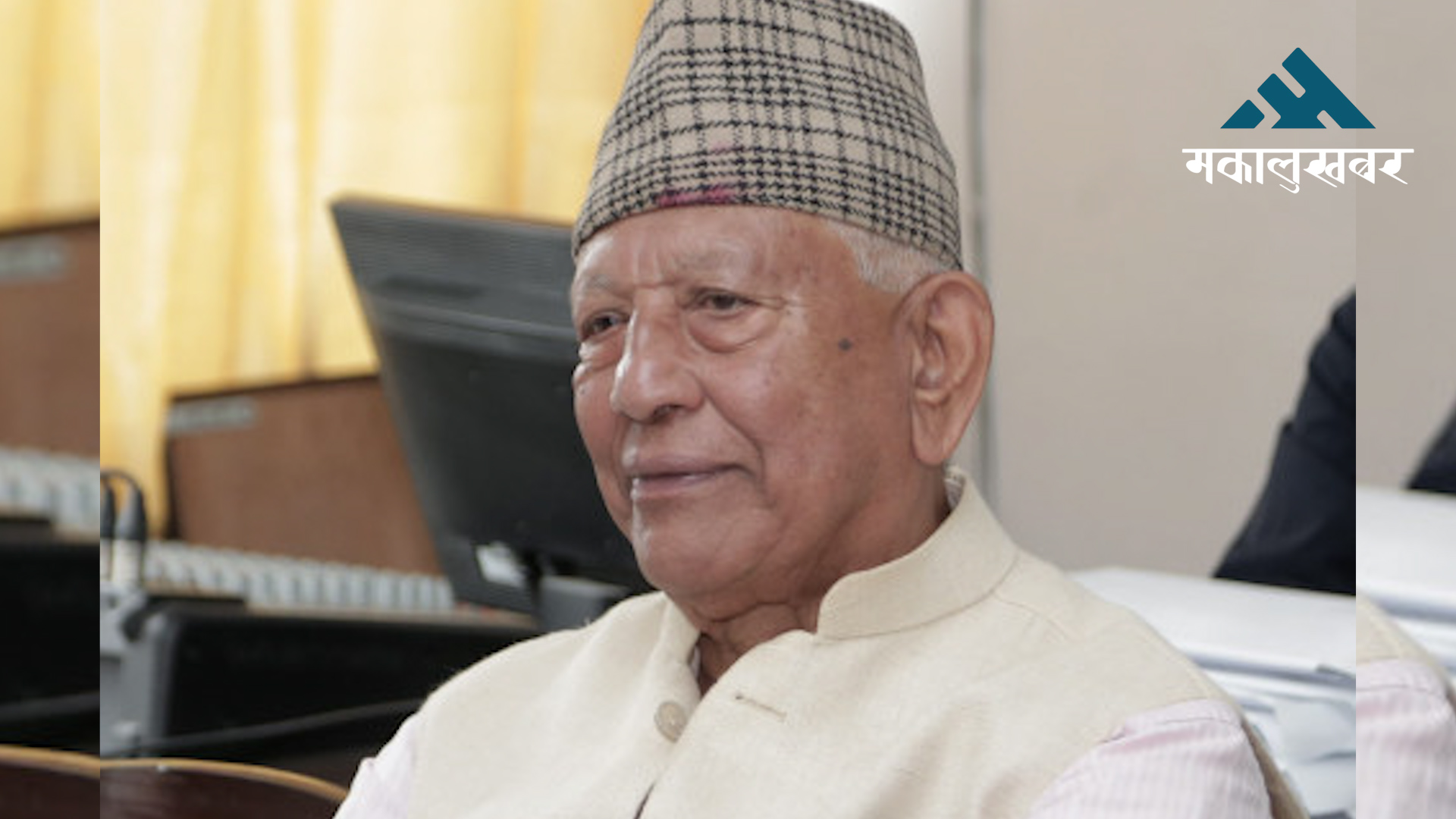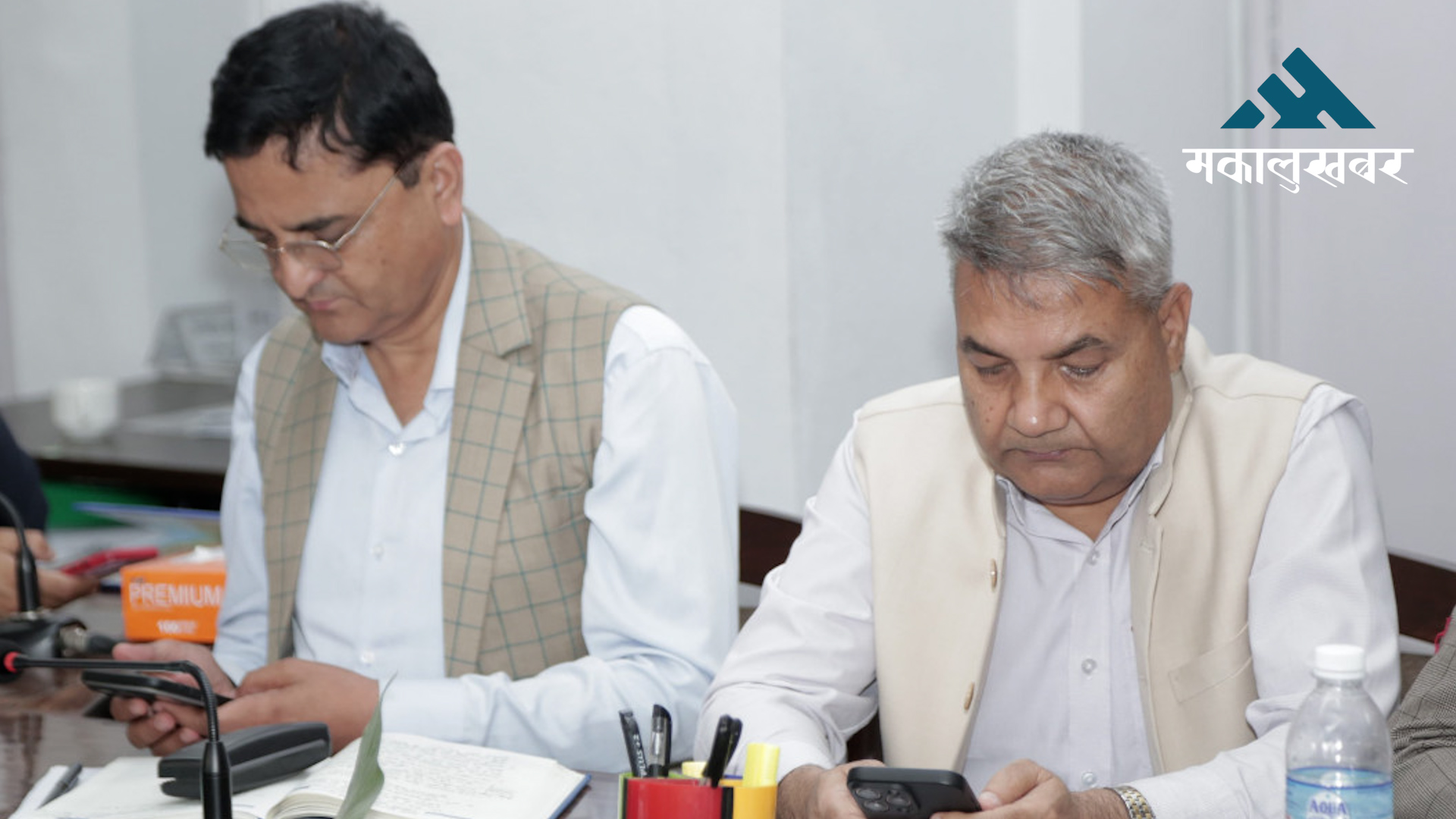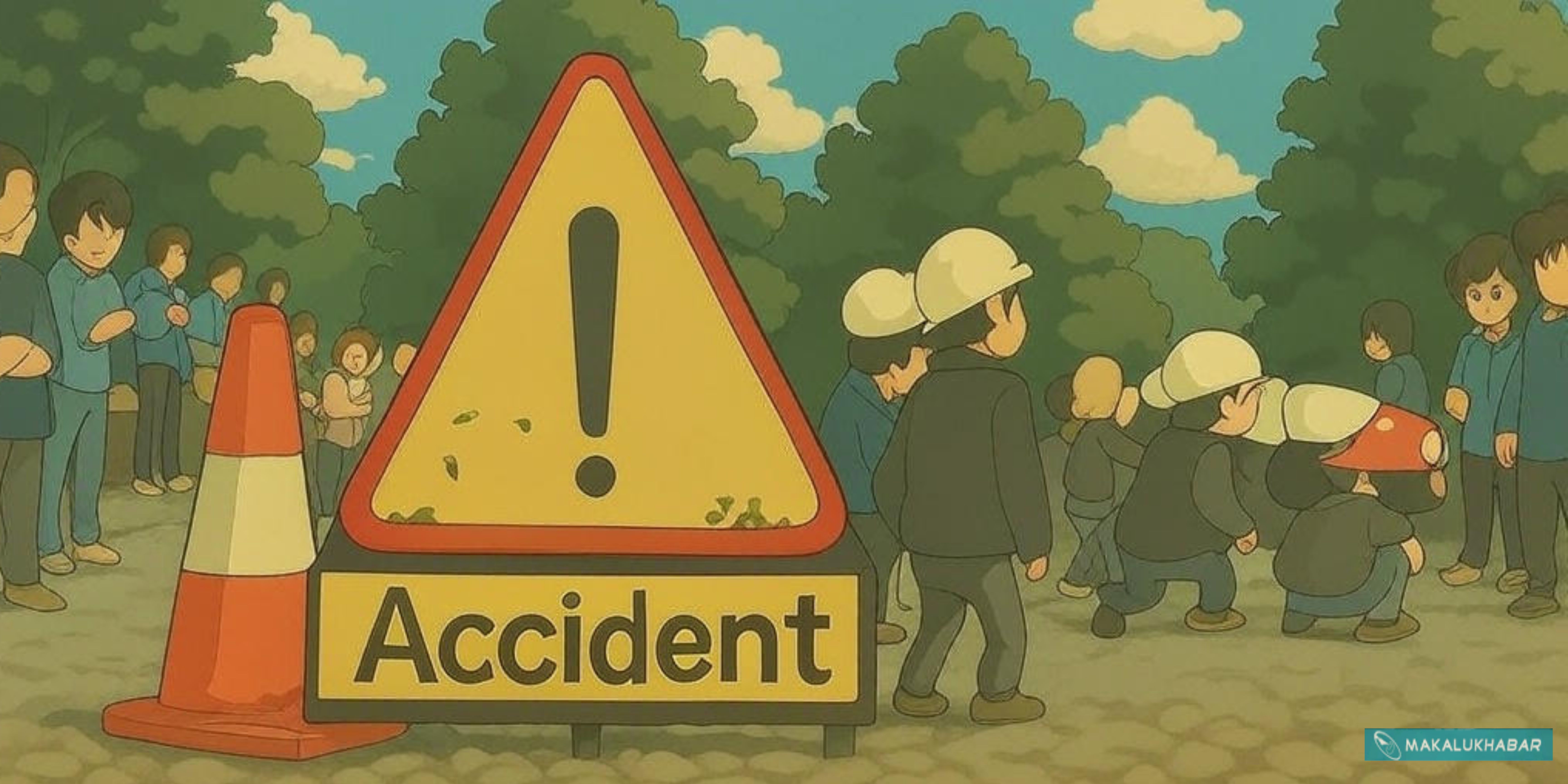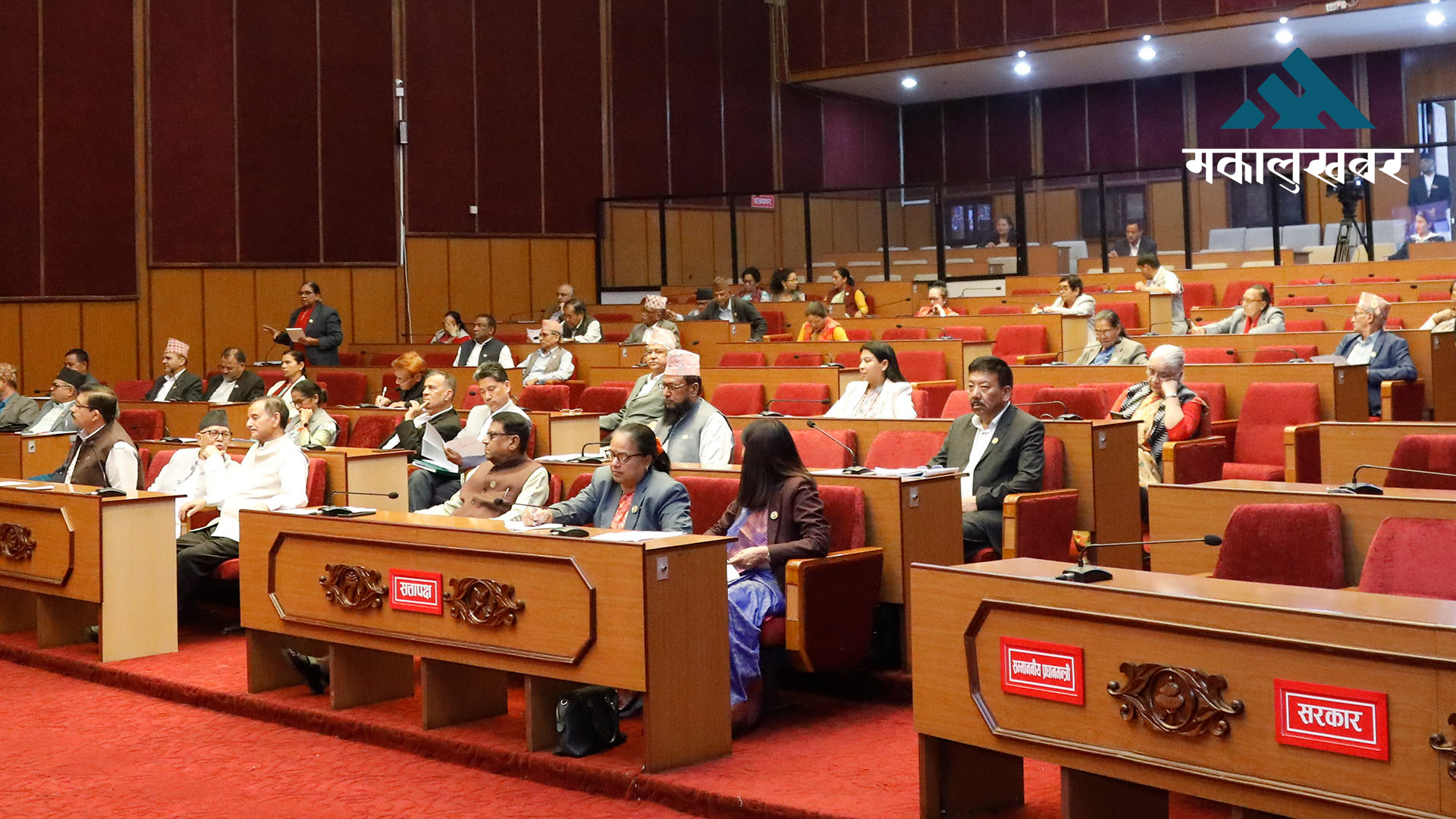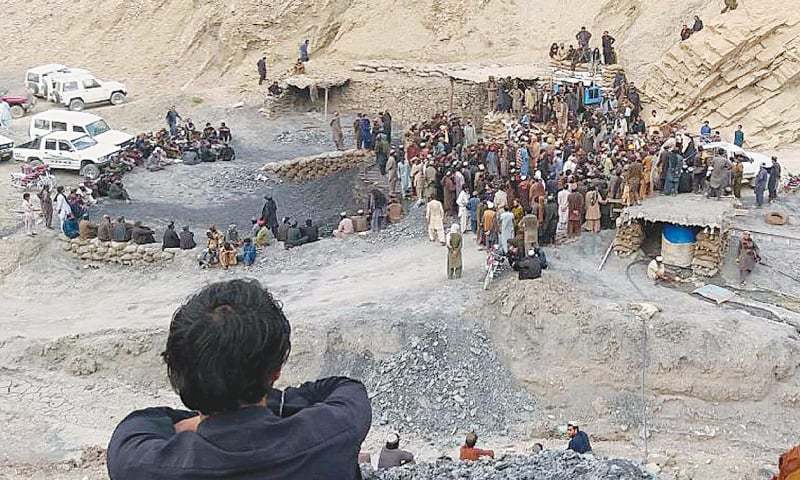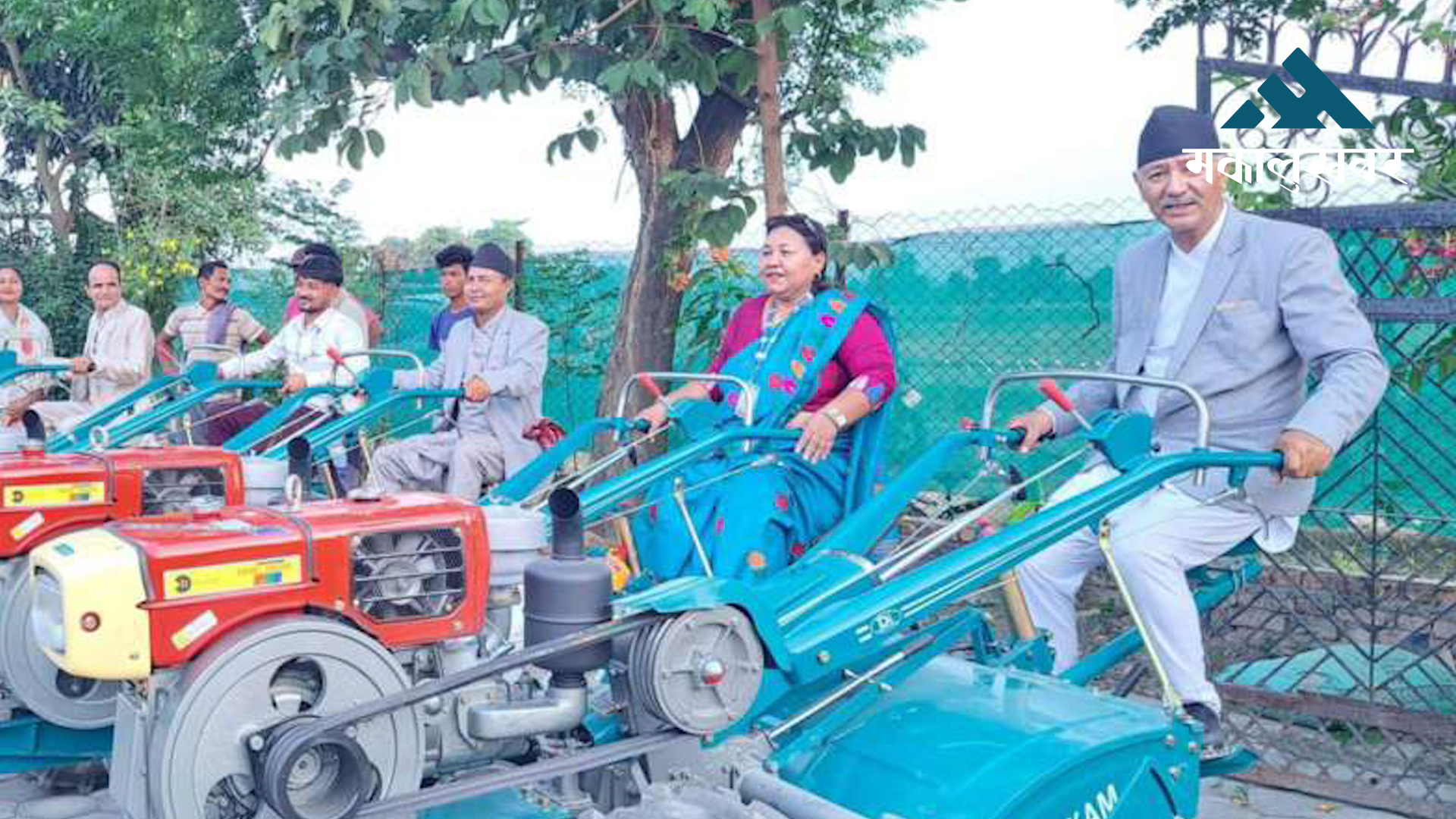Discourse on equality in education among urban and rural Nepal
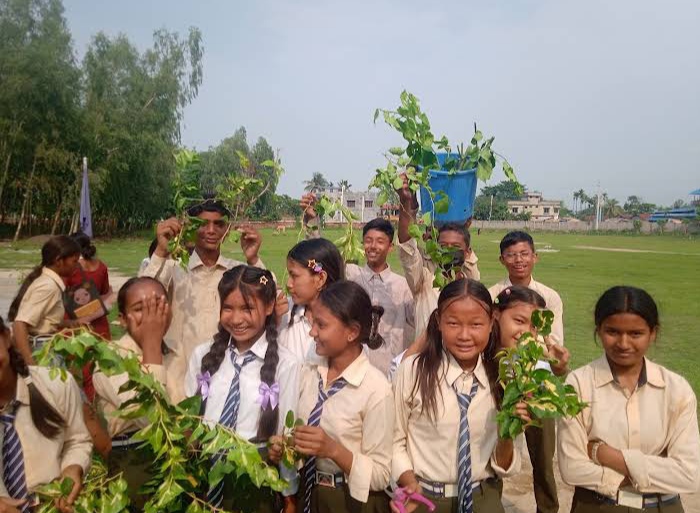
It isn’t unwise to say that no nation is uniformly developed around each nook and corner. Those places which are in touch of development by the means of infrastructures are labelled as urban areas and the places that are caressed by development with development being scarce are labelled as rural areas.
Nepal is a geographically diverse nation due to which uniform development with adequate infrastructure hasn’t been able to meet. We shall start our discourse by concerning education which is a vital force in the development of the nation as well as the world and stays as an indicator to determine the progress of human civilization.
Equal education and equality in education have been a demand not only in Nepal but throughout the globe and here we shall discuss challenges as well as gaps and loopholes that are constantly creating a barrier to providing quality education, particularly in rural Nepal to maintain equality in education provided in urban and rural areas.
Here is the outline of certain factors among many that need to be addressed to reduce the gap in the education provided in schools of urban areas and that of rural areas.
1. Infrastructure of Institute:
Indeed, the infrastructures of schools or any institution involved in the teaching-learning process are far better in urban areas then
that of rural areas. This includes the building premises, as well as the materials used in teaching-learning methodology. Materials used in teaching-learning processes are included in the infrastructure section as they are part of the school’s resources and assets. When we compare and contrast the infrastructures and their quality among the schools of urban and rural schools then we can find that there is a huge gap which needs to be addressed. Urban schools have classes with state-of-the-art facilities that even have provision for an audio-visual system along with the use of traditional methods to empower the teaching-learning process whereas schools in rural areas face difficulty in maintaining the infrastructure demanded by the present time. The first hindrance is caused by the geography and climate of the region whereas the second hindrance is caused by the overall development of that particular area. For example, a school in the Himalayan region or the Hilly region in its rural area will have less access to infrastructures of development due to geographical and climatic barriers, due to which development is scarcely seen. That isn’t the same for all areas in Nepal as our capital city Kathmandu itself lies in the Hilly region and is the most developed city in the nation and is used as a standard benchmarking reference of measurement for development. It is well well-known fact that it took centuries for Kathmandu to be in its present state from being a historical rural area to a present-day modern urban area as said by those who lived there and witnessed the development.
Thus when we consider infrastructure, then irrespective of geographical regions, we have to make sure that the building and classroom are well built and managed with sufficient desks and benches so that students wouldn’t need to crowd together while sitting in the classroom. Then we can progress towards the cozyness which remains the sole matter of school administration. Uses of projectors and interactive boards would be an added advantage to nurture the students from their early schooling by making them well aware of the recent trends and progress in technological fields which helps in making their learning better. Classes must be climate-friendly so that geographical barriers can be completely removed because it is seen that during summer and winter, schools are closed due to climatic conditions of excessive heat and cold respectively. The inclusion of school buses would provide convenience in transportation. Thus infrastructures have to be cared for to impart quality education and maintain equality in education across Nepal and this can be achieved with a consistent and gradual development because even Rome wasn’t built in a day.
2. Status of Teachers:
Without teachers, any school would lose its backbone. Teachers are the persons who are responsible for the development and are the sole factors that determine the shape of nations by relying on what they teach, how they teach, and in what way they prepare the students to cope with the modern world which is skyrocketing every day in terms of technological progress. We can see in everyday news that schools in rural areas have been advertising vacancies several times but still have failed to fill the vacancies. It’s human nature that everybody seeks luxury and comfort. Development thus plays a key role when it comes to the place where any person would like to reside to do the duty of a teacher. Similarly, in urban areas, many people find it difficult to get employed due to the availability of competent manpower. In urban areas thus the possibility of getting a competent person for employment increases due to the availability of services and facilities which makes everyday living very cosy and convenient, whereas rural areas suffer from a shortage of manpower to continue their teaching-learning activities.
3. Students and Social Factors:
It wouldn’t be great to discuss the nature of students as a factor that would make a difference in the teaching-learning process, however, if we view the depth of results and statistics seen during the result of examinations like SEE and Class 12 of NEB, students studying in urban areas are seen more successful then the students of rural areas. One primary cause is the social factors because, in rural areas, the level of consciousness is low and not only that, due to the involvement of students in domestic work students get less time to study. However, this social factor becomes a great help to the students of rural areas when life skills are considered as they do possess
greater life skills than compared to the students of urban areas. In terms of technology when talked about, then the students of urban areas are more accustomed to the changes and progress in technology due to the key factor of development than that of rural areas. In urban areas, economic status when viewed as a barrier is less responsible for the results of students than that of rural areas where economic barriers are common and an eminent factor for the drop-out rates of students. A lot of students get dropped out because of their financial status.
4. Nature of School:
For this point, we shall consider mainly two types of schools, i.e Government/Community and private. The numbers and statistics show that the outcomes and results of private schools and colleges are better than those of government-run schools and colleges. It is a matter of fact that merit-listed people after successfully passing the Teacher’s Service Commission examination are hired as government employees to teach at the government employee to teach at government-run schools and colleges but still in terms of results, private colleges excel in providing good manpower needed for the country. Thus the nature of school, as seen has created inequality in terms of education for an observer when the results of private and government are compared and contrasted.
Addressing the Gap:
To address the gap, we need to focus on the development of infrastructures as well as provision should be arranged of needed facilities throughout the nation. Secondly government must take measures to upgrade the structures of infrastructures in government-run schools and colleges because the private sector does that to attract students. Strict policies, punishments, and rewards have to be offered because the outcome of existing policies has failed to address equality in education in the urban and rural areas. Teacher-student ratio, class interval, and most of all, interest of students towards any activities has to be noted and then worked to make the education system effective and yield better manpower. Teachers working in rural areas should be motivated and encouraged to work despite the development being a barrier to an unhappy life. A number of scholarships should be increased for students so that even the poor as well as poor but talented students can continue their studies making a significant fall in drop-out rates. Government-run schools and colleges must formulate their policies with the question that despite having teachers who passed as merit-listed candidates in the Teacher’s Service Commission examination, why hasn’t the result improved? This then would pave a path to a new dawn by empowering.



